India’s Ashish Kasodekar had an eventful 333km run in 2019. Then he decided to up the ante by running the 555km category at La Ultra.
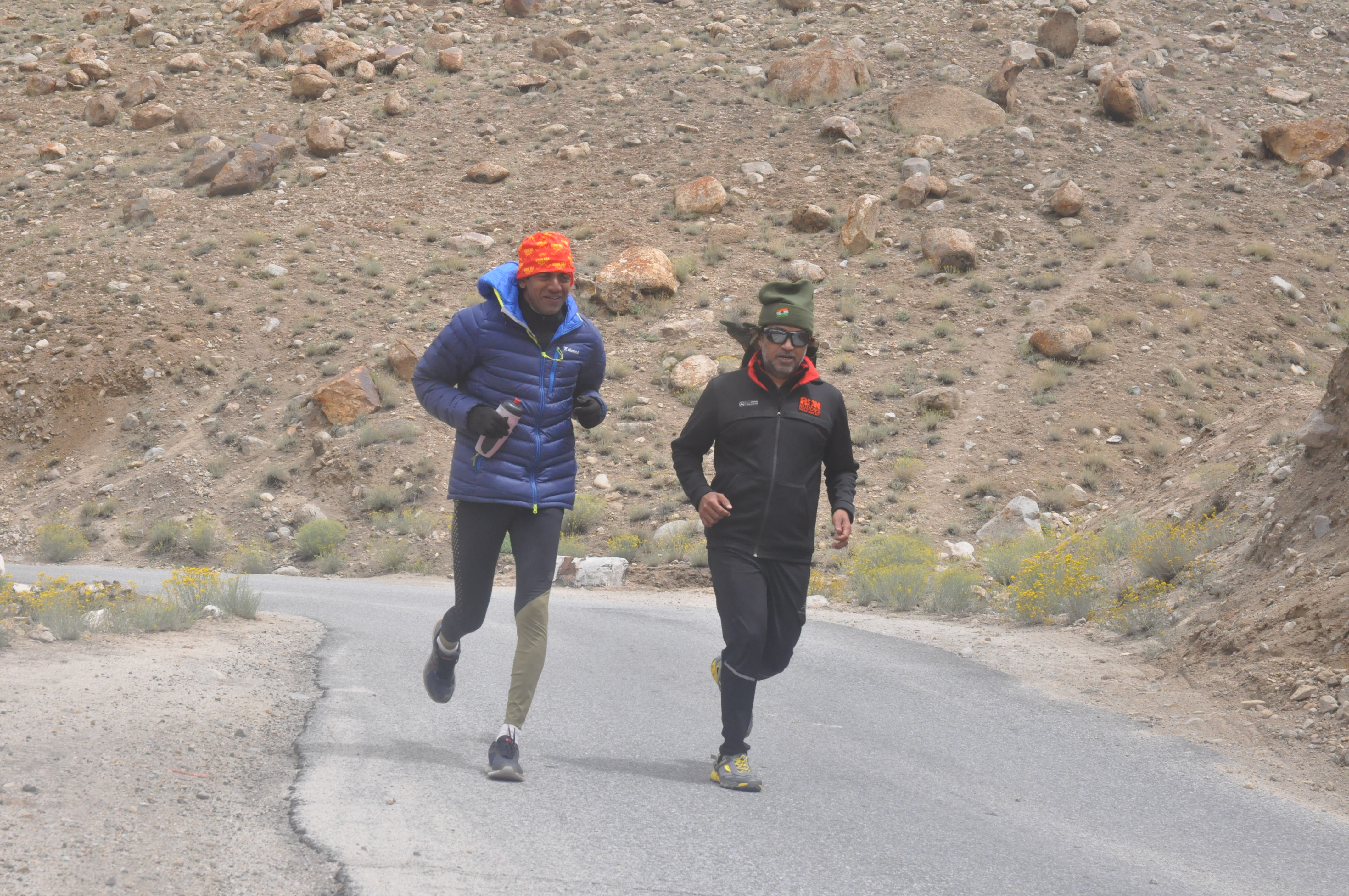
First published: https://www.forbesindia.com/article/forbes-lifes/meet-ultrarunner-ashish-kasodekar-only-indian-to-run-the-555km/55281/1
Meet Ashish Kasodekar, the only Indian to run the 555-km at La Ultra
Kasodekar talks about what it takes to run 555 km, at 17,582 feet above sea level, and doing so at your own pace
Time is a relative concept while running ultra-distances. At certain points, the challenge is so intense—and unreal—that it’s mostly about reaching the finish line, and within the cut-off period.
Ashish Kasodekar would know. Last year, he was one among three Indians (the other two were Munish Dev and Mandeep Doon) to finish the 333-km race, the longest category at the time, at the La Ultra in Leh. This August, he raised the bar many notches higher, as he became the first and only Indian to complete the 555-km edition.
*****
As 48-year-old Kasodekar drove into Leh this August, a flood of memories rushed past him. A year ago, fatigue and hallucinations had kept him company along the route. Some 4 km from the finish, in his stretched mind, he believed that the race had been completed and that the organisers were getting him to run extra distances.
It had taken a massive effort from a gang of race devotees—comprising Kasodekar’s crew, marshal, organisers, volunteers and runners—to get him to push himself over the final distance, making the cutoff with a nail-biting 31 seconds to spare. Else, he would have missed the deadline after running for a maddening 71 hours and 59 minutes.
Now, he was back for the 10th edition of the race, his mind having made peace with the distance to be run. This time around, it was 222 km further from where he had managed to reach last year.

There was a hint of disbelief when Kasodekar first heard of the introduction of a 555-km category from race director Dr Rajat Chauhan. “I thought the doctor had gone quite mad, I didn’t take it seriously,” Kasodekar recalls. However, at the back of his mind, the runner’s bug started kicking in; an addiction, as he calls it, that has driven him towards taking on these ultra-distances. Finishing the 333-km made him eligible for the new challenge, and he tried to find reasons to justify running it, until he couldn’t look away anymore. Just four months before the race, he signed up for it. “Nobody had any idea what would happen after 333 km, so I had to experience it. Besides, it would have been criminal to sit at home while the race was being run,” he says.
There were only four others—Jason Reardon from Australia, Matthew Maday from the USA, Lukasz Sagan from Poland, and Praveen Sharma from India—who had signed up.
The 555-km route starts in Lakjung in Nubra Valley and ends, after five and a half days, at Leh, with cut-offs to be met en route. At five points, the route climbs more than 15,400 feet while traversing three mountain passes—the Khardung La, Wari La and Tanglang La.
Training for the distance usually never quite adds up to the real deal. At his peak, Kasodekar did about 160 km during a week in May, while training in Pune, his hometown. But besides mileage, he looked into other factors, such as sleep deprivation. For a few months before the race, he would sleep just four hours each night, with power naps through the day. “I would do 40 km in the daytime, finish office work, meet friends, then walk for a couple of hours, before getting some sleep. The idea was to train on tired legs and get used to the few hours of rest that would come my way,” says Kasodekar, who owns a travel company.
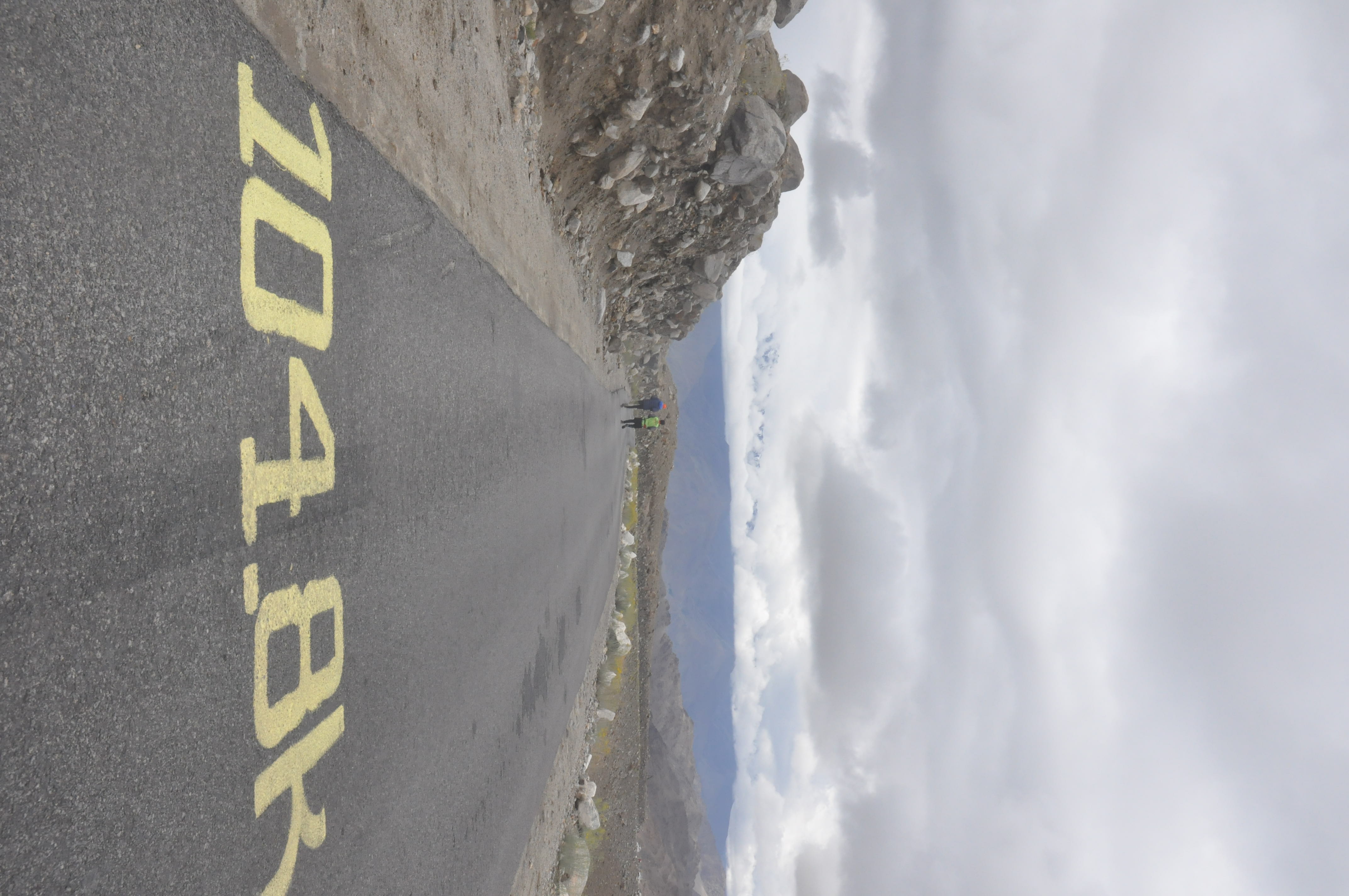
In March, he completed 210 km in 41 hours 31 minutes at the Hennur Bamboo Ultra in Bengaluru, where he ran tiny loops of 5 km during the day and 1 km during the night to cover the total distance, a complete mind game according to him. For La Ultra, Kasodekar had to get acclimatised to the altitude, for which he took a bus from Chandigarh to Manali, and then did a six-day road trip to Leh. “I spent time at the mountain passes, did some walk-runs, before driving ahead. By the time I entered Leh, I was well acclimatised. Besides, it is one of the most scenic roads that I’ve driven on,” he says.
Over his three previous competitive runs in the region, Kasodekar had learnt to spend time in his own company and enjoy the barren mountains of Ladakh. There were times when refuge was found under the stars, while at other times in the warm company of his crew, who tailed him at odd hours and catered to his nutritional needs.
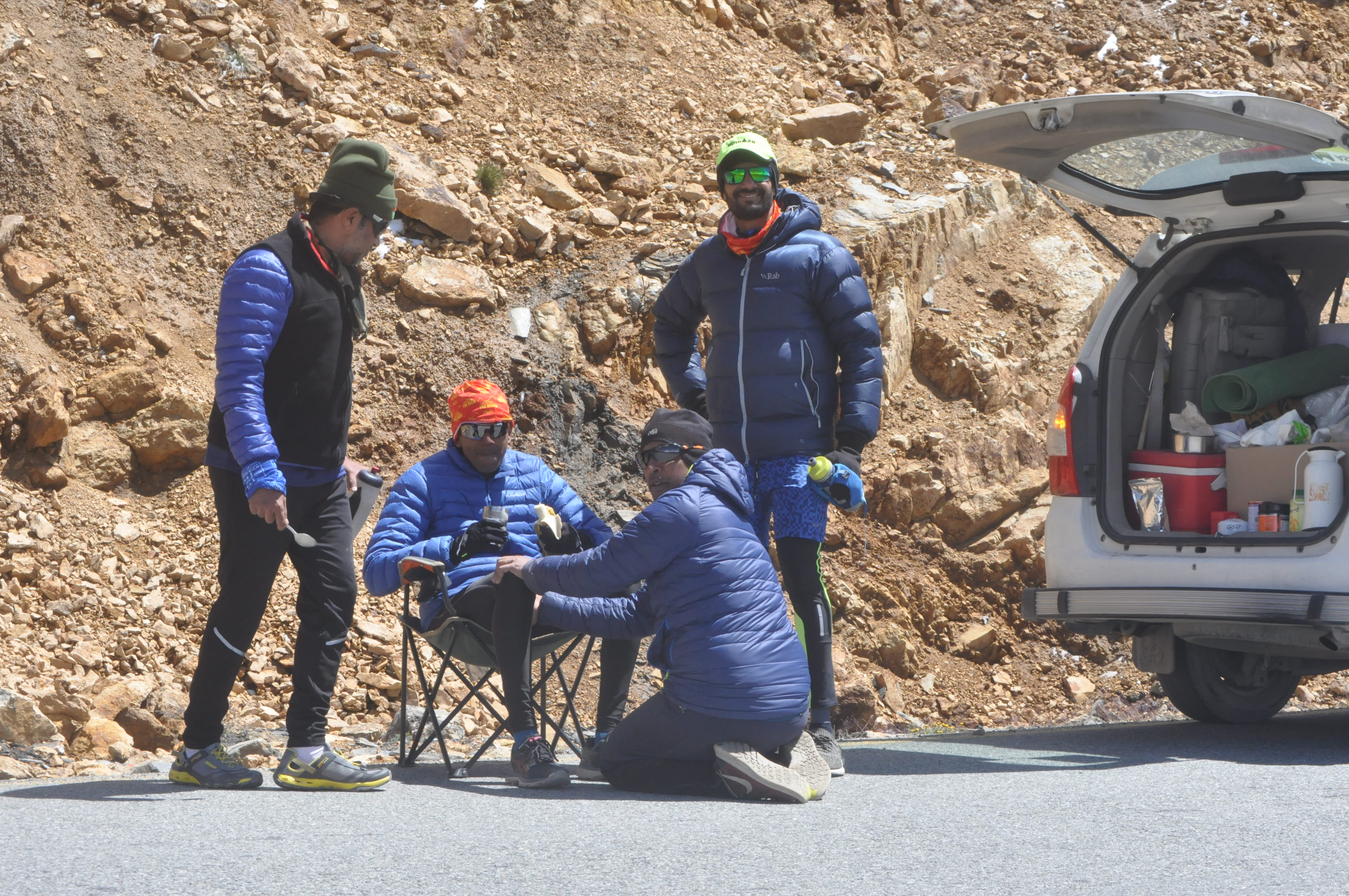
For this race, his team discovered a secret potion in sattu, the local version of the drink being made of barley flour and jaggery, which was to become his fuel. “In that weather, the throat goes dry and it’s difficult to eat,” says Arvind Bijwe, Kasodekar’s chief crew member. “We found that sattu met the hourly protein requirements.” Kasodekar adds: “I had hallucinations in the past because I didn’t rest and eat properly. So we focussed on taking care of that.”
*****
When the race began on August 17, a light drizzle kept the weather cool; but it soon transformed into a stinging blizzard as the runners climbed towards Khardung La in the wee hours of the morning. Below the pass at North Pullu, Kasodekar struggled to put on a glove for what seemed like an age, his hands frozen stiff in some awkward contortion. “It was beautiful when it started snowing, over six inches. But as soon as the first vehicle passed, the slush became a nightmare,” he recalls.

By the time he was over the pass, his crew was waiting for him at South Pullu, some 90 km into the race. The team of seven had their tasks cut out: Comfort food would be cooked at the closest dhaba, and rushed back for a quick meal by the roadside; sattu was stirred up to perfection; massages were on offer at Kasodekar’s beck and call.
After braving more snow on the second morning at Wari La, Kasodekar sat in at Lato, having covered 275 km. What lay ahead was to be the most demanding yet, taking him over Tanglang La to Debring—the finish line during the 333-km race—only to turn back and go over the entire distance again at night to get back to Lato.
By Day 3, two runners had dropped out. For the remaining, it all looked on schedule until the organisers decided to extend the checkpoint at Debring by 1.8 km to make it more conveniently located. “I drove till the finish line and realised we had 6.7 km to go; Ashish thought it was 5 km. That’s when panic set in because we hadn’t accounted for the extra distance in our scheduling,” says Bijwe.
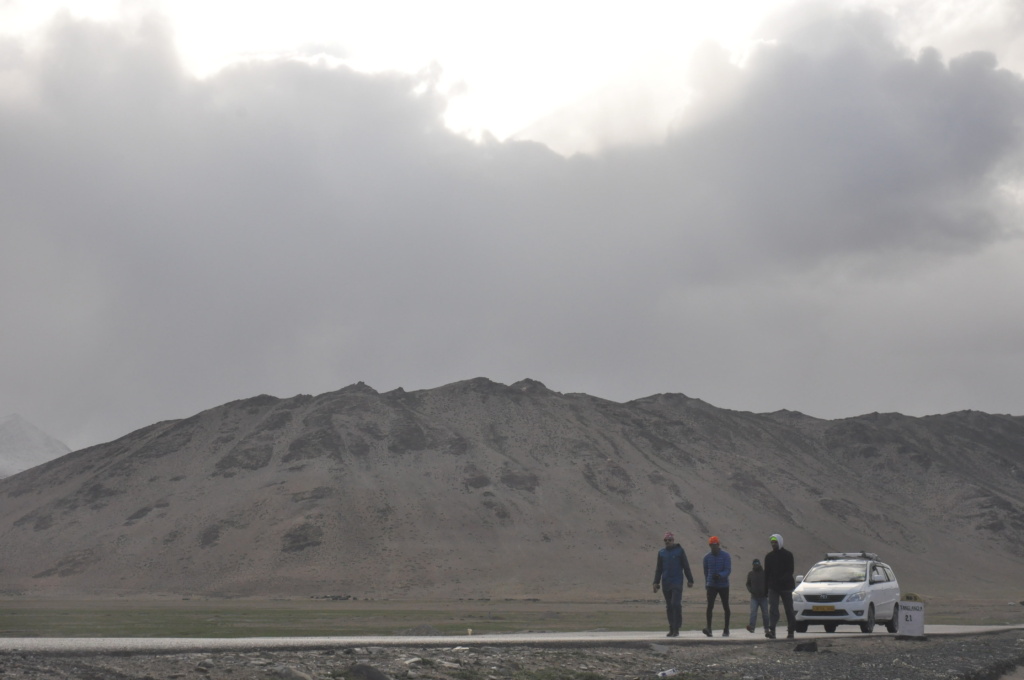
Just 9 minutes before the cutoff, Kasodekar checked in at Debring. He was aware that everything beyond that point was unknown territory. After a brief rest, he decided to set out again. “It was cold and I couldn’t eat much. At the same time, a little pressure was off me since I had managed to run the 333 km distance again. I realised that if I could make it over Tanglang La again, the race would be in our hands, since 70 percent of it was over. It was a relief to get back to Lato since we had just 45 minutes to spare. Anything could have gone wrong up there at the pass in the middle of the night,” he says.
On the last of the big climbs to Wari La, another night of clear skies left the surroundings frozen. The road was laid out with a fresh, glassy layer of ice, causing slips and falls. The tailing car too couldn’t progress beyond a certain point, leaving Kasodekar and his crew to negotiate the final 2 km to the top in the tiny beam of their headlamps. On the road, he swayed like a drunk; in the car, his hands shivered in uncontrollable spasms. “I had informed my team that this wasn’t any cause for alarm, it’s all just a part of running. But I think what really worked in my favour during the latter part of the race is the rest we took,” Kasodekar says.
*****
Once back at Serthi, there was the final 64 km to negotiate in a leisurely time of about 20 hours. Instead of chasing the two others in competition, eventual winner Reardon (120 hours 19 minutes) and Maday (123 hours 35 minutes), Kasodekar decided to soak in some well-deserved rest for himself and his crew. “I’m not one for speed, I like to finish races at my own pace,” he says. Four hours later, he set out in search of the finish line. “I normally love being alone, whether exercising or running. That’s what it takes to run ultras. This was unlike any other finish I have experienced.”
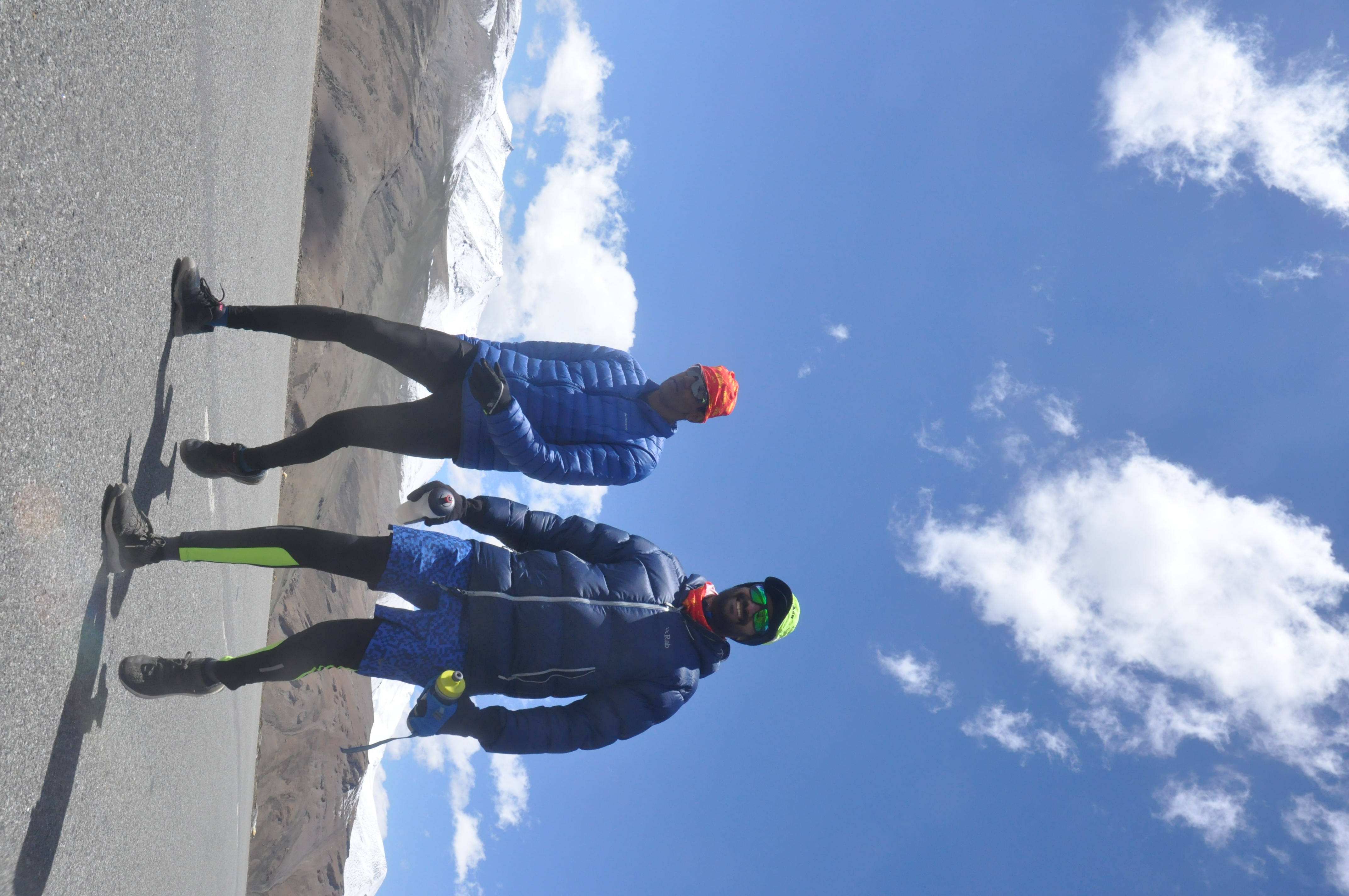
The team broke out into a little celebration while running a quiet stretch on the left bank of River Indus, with the car’s music system speakers belting out ‘Live is Life’ by Opus, Kasodekar’s go-to song. The setting sun brought him within spotting distance of the white-domed Shanti Stupa, now lit up like a beacon above Leh on the opposite bank of the river.
Kasodekar ran past the Army cantonment, the fluttering tricolour a constant on the final stretch. His homestay hosts too couldn’t resist the urge to see this hearty effort meet its glorious finish, and a mini entourage followed him, akin to a Ganapati procession back in his hometown Pune.

At a little past midnight—five days, six hours and 18 minutes after he had started out—Kasodekar crossed the finish line to create history. After all the close calls, he had made it home with over five hours to spare.
But then, time is a relative concept in the world of ultra-running.